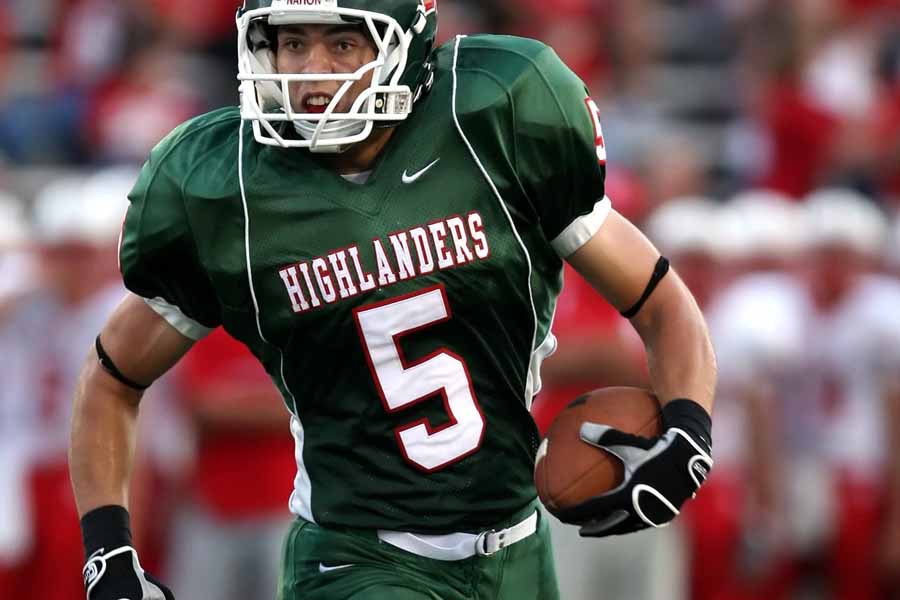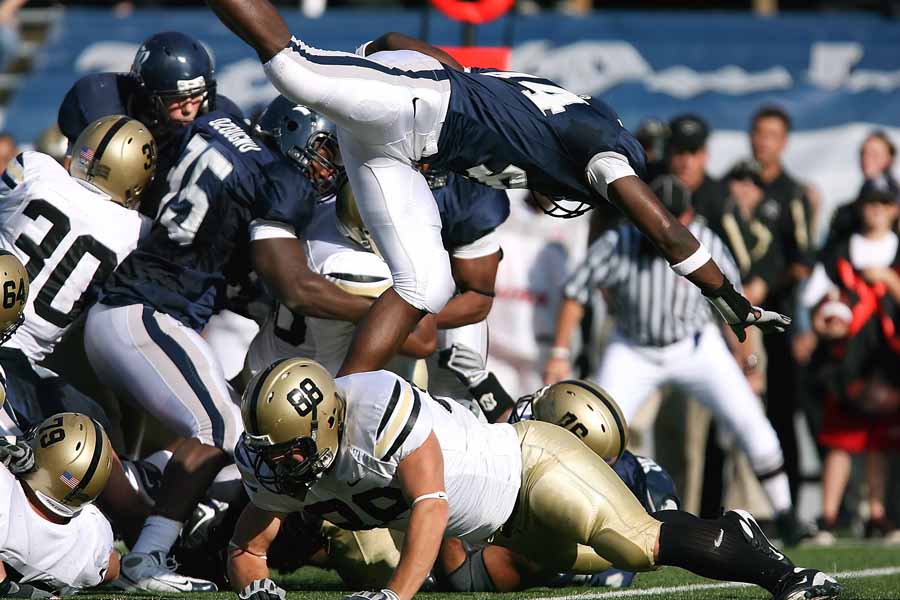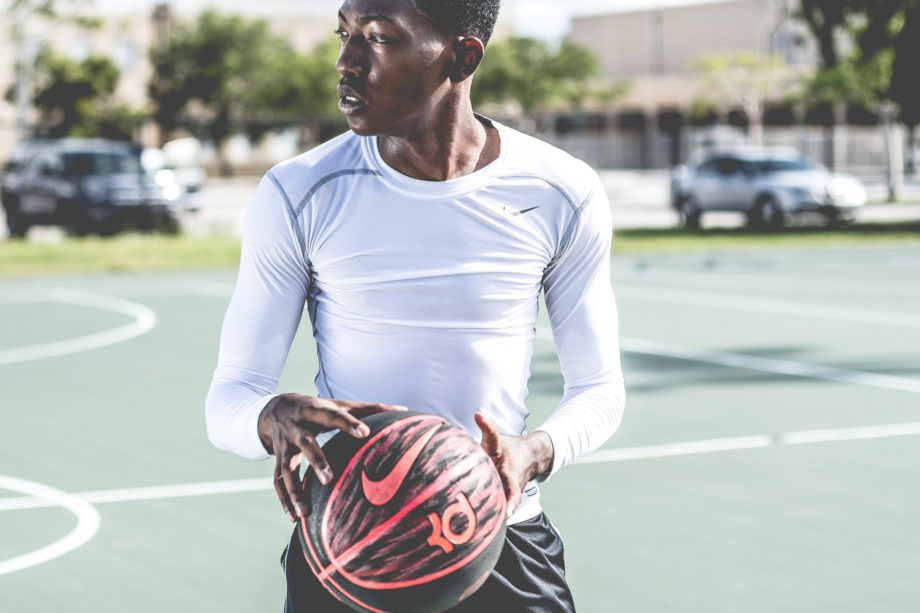A: Great size is a trait that can help you get on the recruiting map, often even if coaches haven’t had the chance to evaluate your skills or see you play.
But, what happens if you have the skill but not great size? Will getting recruited be tougher? Yes! Is it impossible? Not necessarily!
If size is your weakness—work on developing your other strengths. You can overcome size issues with elite speed, strong fundamentals and position-specific skills, toughness, leadership, having a nose for the ball, a strong playbook IQ for your sport, etc. Don’t let one weakness hold you back—overcome it by developing your strengths and lead with those!
Some college coaches take underweight players into consideration—since once on campus, many schools have the capability to help their players gain weight, as early as your first week. You will likely be on meal plans that include all-you-can-eat buffets and under the supervision of university strength coaches and nutritionists who can help with weight-gaining shakes and plans to help you reach your goal weights. Strength coaches will also be working with you several times per week to help you get stronger and put on muscle. Many freshmen athletes gain anywhere between 10 to 20 pounds their first year on campus, possibly more depending on the recommendations of the coaching staff and strength/nutrition staff.
High school athletes are still growing, especially as sophomores and junior and even seniors. This is normal; coaches know you might not be at ideal playing weight for a college athlete at 16 or 17 years old! Actually, you’re going to grow year-to-year once you’re in college and transform from a 17-year-old freshman to a 21-year-old senior.
To move from the high school level to the college level as an undersized player, you must strongly consider a position change. While it’s not impossible to play college sports as an undersized player, it will be tougher to find coaches who are willing to take a chance on you. Some coaches will but many may eliminate you from the beginning.
Coaches are going to have an idea of what position they will use you at. Depending on your base size, speed and general skills (ball handling, ball control, hands, burst, toughness, ability to play defense)—they have a pretty good idea of where they want you to line up at and what physical improvements you’re going to need to make in order to be successful there.
In most cases of position changes, you’ll likely redshirt. Coaches will want you to drop or add weight, get faster/stronger and learn better position skills. They’ll want you in their system and practicing under their coaching staff for a year before throwing you into game situations, if possible depth-chart wise. A redshirt year does a body good. If I had a family member making a position-change or playing football at the FBS level, I’d urge them to consider a redshirt season.
Players who make the smoothest transition from position to position are the ones who take change with a positive attitude. You don’t fight it; you accept it and work to master it. It’s near impossible to change a coach’s mind once they’ve decided to switch you to another position, unless you have significant physical changes. They will recruit you for where they have a NEED!
Remember—they have the team’s best interest in mind and that’s the depth chart. Who can help us win? By moving you to another position, you will likely have a better path to more playing time or a starting job.
You have to take on an attitude that you will be willing to do anything that is asked of you to get on the field, and this will likely include a position change and redshirt season.




